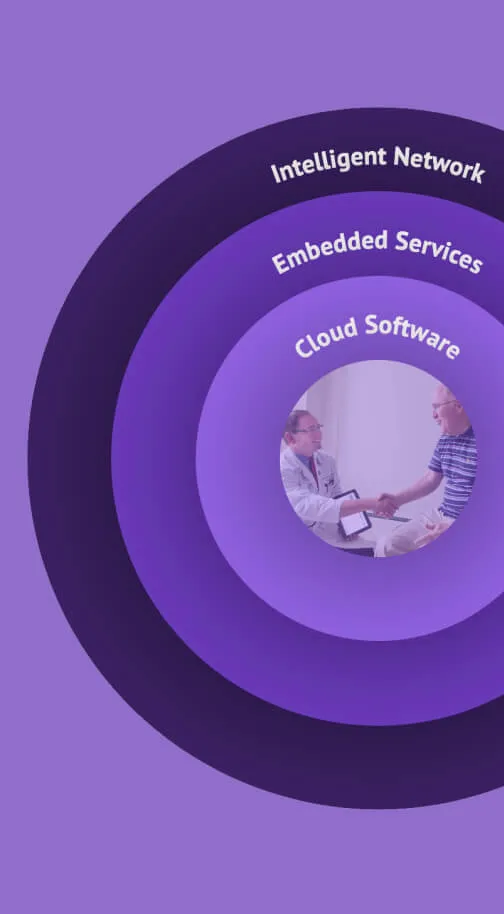Resource Center
All ContentBlogCase Studies
- Christy Maerz
- March 20, 2025
- 7 min read
Get crucial RCM metrics for better practice management
Discover how Insights Dashboards enable your practice to quickly and accurately measure performance. Read moreYou may also like

- Maury Brown
- April 11, 2025
- 4 min read
AI in healthcare
4 stats about how AI in healthcare saves time at small practices
Less time on admin tasks. More time for patient care. See how AI in healthcare frees up small practices.
Read more 
- Chad Dodd
- April 15, 2025
- 6 min read
athenahealth research
What physicians really want from their EHR
Get findings and expert insights to help your practice bridge the gaps with data exchange.
Read more 
- Christine Davis
- April 15, 2025
- 5 min read
athenahealth products
How athenaOne® enables EHR & practice management efficiency
The right tasks. The right time. See how our practice management and EHR software saves effort.
Read more 
- Christine Davis
- April 14, 2025
- 6 min read
efficient clinical workflows
Chart closure rates: A gauge to measure clinical efficiency
Do you know your Same Day Encounter Close Rate? Get to know this yardstick for clinical efficiency.
Read more 
- Maury Brown
- April 11, 2025
- 4 min read
AI in healthcare
4 stats about how AI in healthcare saves time at small practices
Less time on admin tasks. More time for patient care. See how AI in healthcare frees up small practices.
Read more 
- Chad Dodd
- April 15, 2025
- 6 min read
athenahealth research
What physicians really want from their EHR
Get findings and expert insights to help your practice bridge the gaps with data exchange.
Read more 
- Christine Davis
- April 15, 2025
- 5 min read
athenahealth products
How athenaOne® enables EHR & practice management efficiency
The right tasks. The right time. See how our practice management and EHR software saves effort.
Read more 
- Christine Davis
- April 14, 2025
- 6 min read
efficient clinical workflows
Chart closure rates: A gauge to measure clinical efficiency
Do you know your Same Day Encounter Close Rate? Get to know this yardstick for clinical efficiency.
Read more 
- Maury Brown
- April 11, 2025
- 4 min read
AI in healthcare
4 stats about how AI in healthcare saves time at small practices
Less time on admin tasks. More time for patient care. See how AI in healthcare frees up small practices.
Read more Empower your practice

AI powered patient engagement
Learn how AI tools can help improve patient loyalty and outcomes.






